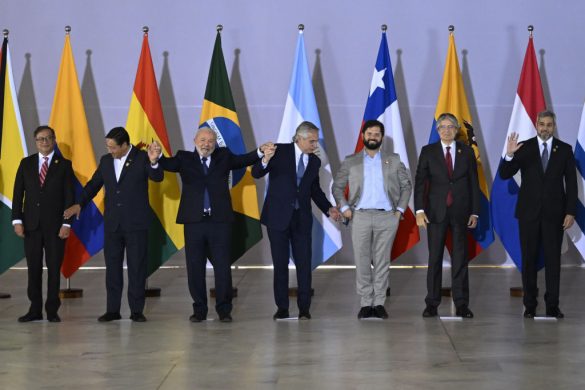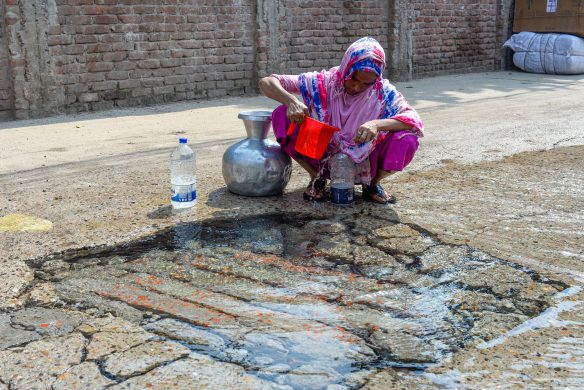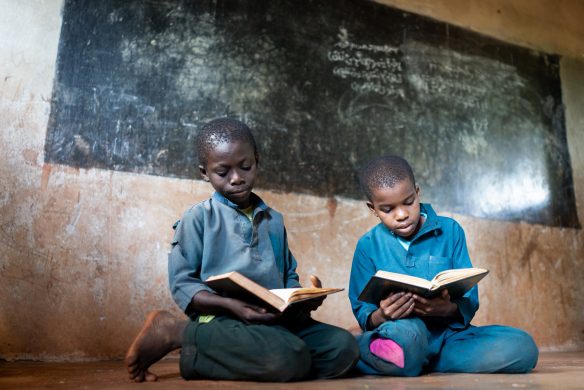Bolivianernes spisevaner er sandsynligvis årsagen til, at de bruger mere vand end samtlige andre nationer i regionen. Brasilien har de største reserver af ferskvand, fremgår det af de tørre tal om forbrug og beholdning af de dyrebare dråber i Syd- og Nordamerika.
Latin America is home to some of the largest sources of freshwater on the planet, largely stemming from the Amazon River basin, as well as glaciers in the Andes, writes Americas Society/Council of Americas.
With this in mind, Brazil leads the Americas with the largest absolute supply of freshwater, followed by Canada and the United States, according to data from the Pacific Institute. Colombia, Peru, and Venezuela also rank among the top Latin American sources of freshwater. On the lower end, Honduras and El Salvador have some of the smallest sources.
However, population is also an important to take into account, given the daily demands for consuming water, whether for personal or commercial use.
When calculating freshwater resources per capita in 19 countries in the Americas, Canada, Peru, and Chile have the largest amounts, using World Bank statistics. Meanwhile, Brazil and the United States, with much bigger populations, have fewer water resources per person.
Brazil has about half the freshwater per capita as Peru, and the United States has less freshwater per capita than small countries like Guatemala and Uruguay. Argentina, Mexico, and El Salvador have some of the smallest amounts of freshwater per capita in the region.
But what about consumption? In 2011, Dutch researchers Arjen Hoekstra and Mesfin Mekonnen calculated the average annual water footprint of each country, finding how much freshwater is used to produce domestic goods and services, such as agriculture, industrial production, and domestic water supply.
Based on the study, Bolivia tops the Americas in terms of water consumption per capita. One possible factor has to do with food consumption, the researchers noted. In Bolivia, meat consumption is 1.3 times higher than the global average, but the water footprint per ton of meat is five times higher than the global average.
Rounding out the top five water consumers are the United States, Canada, Uruguay, and Brazil. On the lower end, Guatemala and Nicaragua have some of the smallest water footprints in the region.
Læs artiklen her: http://www.as-coa.org/blogs/lima-2013-blog-calculating-largest-sources-and-users-water-americas














